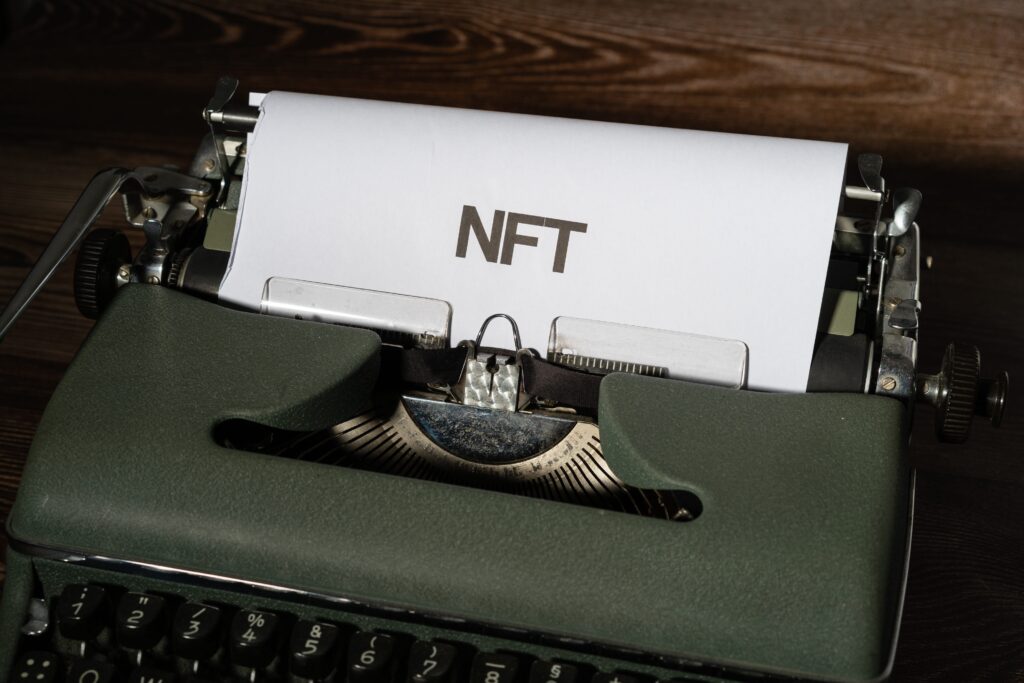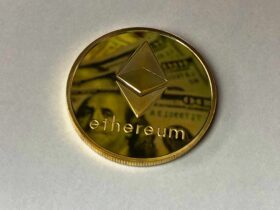Non-fungible tokens (NFTs) are becoming industry standard, but many investors still do not understand what they are and what they do. According to DappRadar, the trade volume of NFTs in 2021 was $24.9 billion–over $95 million more than in 2020.
What Are NFTs?
Artwork is the most renowned form of NFT to date. Additionally, there are online memes, virtual fashion, music, gaming, charity, huge sporting events, trading cards, and event tickets.
Due to its purported blue-chip position in the cryptocurrency industry and potential reputation for smart contracts, Ethereum is the primary blockchain for NFTs. Markets exist for collector item NFTs, as each NFT is unique.
There are a growing number of markets. A marketplace that allows you to mint, buy, and sell NFTs from different collections is OpenSea.io. People can advertise and bid on their recently issued NFTs in an auction. NFT marketing businesses also assist in marketing your NFTs to receive better prices for them.
What Does Non-Fungible Mean?
What exactly does “non-fungible” mean? Something is non-fungible if it is “not mutually interchangeable,” or unique. There is nothing on the internet, in local storage, or in the cloud that compares to any one NFT. Nothing can take its place.
A bitcoin is interchangeable. You receive the same thing whether you exchange one bitcoin for another. With NFTs, things are distinct.
Jack Dorsey’s first tweet sold for $2.9 million as an NFT.
Read the full article here.






